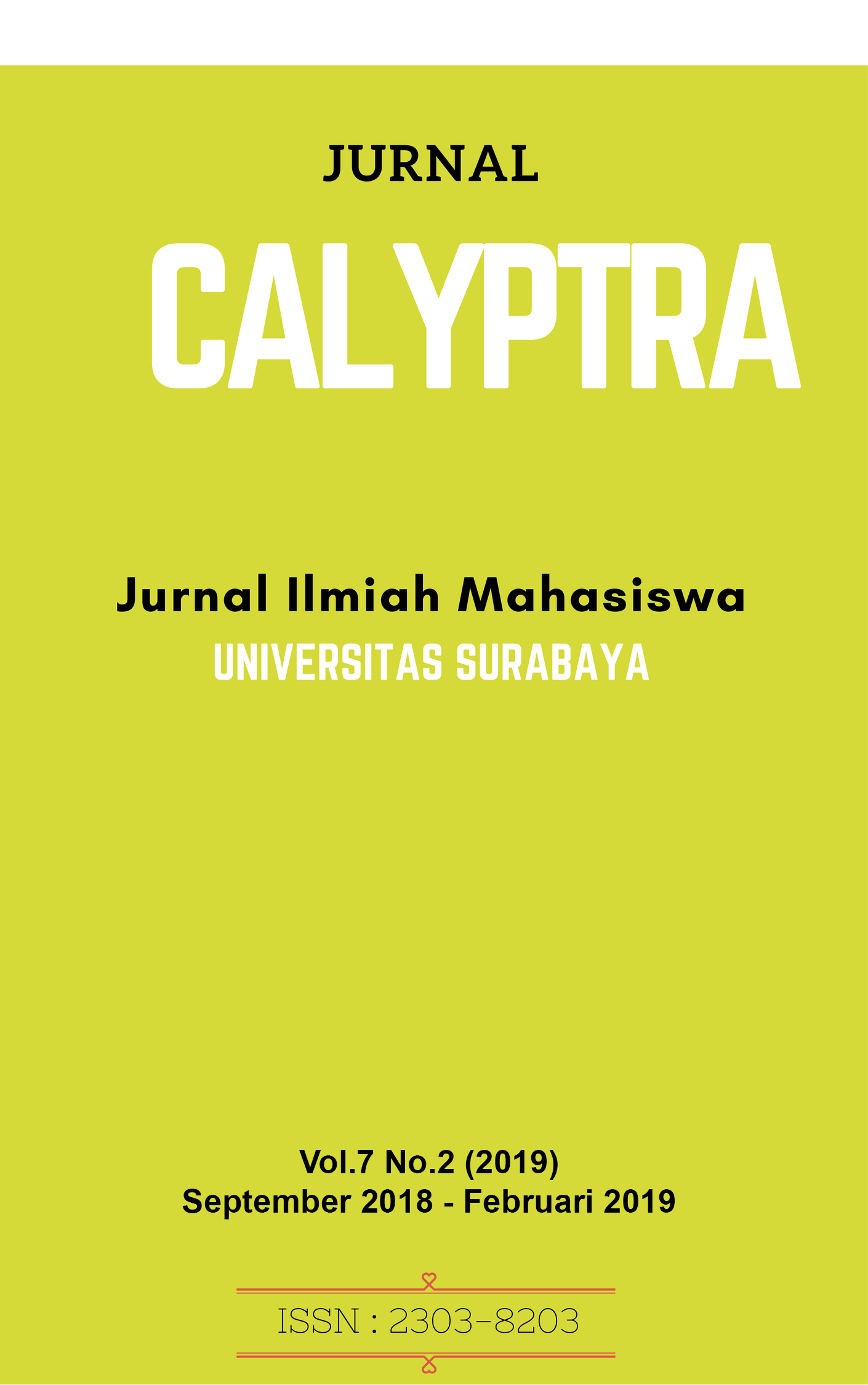MEDIA VISUALISASI PENDIDIKAN SEKS PRANIKAH UNTUK PENYULUHAN SEBAYA
 Abstract Views:
361 times
Abstract Views:
361 times
 PDF - FULL TEXT Downloads:
468 times
PDF - FULL TEXT Downloads:
468 times
Abstract
Sex education or information provision about sexual problems to adolescents is an important thing, where the goal is to maintain and respect their bodies. Sex education itself is widely provided by institutions that provide health services for adolescents, one of them is Sebaya PKBI Jawa Timur who do counseling to adolescents in Surabaya. They give informations to the audience using slide power point and metaplan as their media, but the delivery of the information is less interactive and informative. This shortcomings makes it difficult for an audience in the 10-19 years age group to understand the information presented. After knowing the problem, collecting theoretical basis about Infographic, Sexual Reproduction, Sexually Transmitted Infections and HIV / AIDS, doing analysis on similar media and system requirement analysis, then Media Visualization of Sex Education for SeBAYA’s Counseling will be created. Character design stage until page design will be implemented in this Final Project. Media Visualization of Sex Education for SeBAYA’s Counseling has some menu such as Home, Select Materials, About SeBAYA, Credit. Select Materials Menu containing infographic videos about Puberty, Gender, Sexually Transmitted Diseases and Teen Rights. About SeBAYA menu contains information about SeBAYA Organization. Credit menu contains information about the author, lecturers, and audio sources used in the program. This application is implemented using Adobe Illustrator CS6, Adobe Animate CC, Adobe After Effect CS6, and Garage Band. After the implementation phase, the trial and evaluation stage are performed. The results of the trial states are Media Visualization of Sex Education for SeBAYA’s Counseling is an interesting media and can help in counseling about Sex Education.
Downloads
References
Batubara, J. R. (2010). Adolescent Development (Perkembangan Remaja). Sari Pediatri. Retrieved from http://saripediatri.idai.or.id/pdfile/12-1-5.pdf
Ebneshahidi, Ali (2006). Reproductive Physiology. Pearson Education, Inc. from http://www.lamission.edu/lifesciences/lecturenote/AliPhysio1/Reproduction.p df
Health Education Resource Exchange. (2007). Sexually Transmitted Diseases. Retrieved from http://here.doh.wa.gov/materials/sexually-transmitted- diseases/14_STDs002_E07L.pdf
Kementrian Kesehatan Republik Indonesia. (2011). Pedoman Nasional Penanganan Infeksi Menular Seksual 2011. Retrieved from http://spiritia.or.id/dokumen/pedoman-ims2011.pdf
Kementrian Kesehatan Republik Indonesia. (2015). Situasi Kesehatan Reproduksi Remaja. Retrieved from http://www.depkes.go.id/resources/download/pusdat in/infodatin/infodatin%20reproduksi%20remaja-ed.pdf
Komisi Nasional Hak Asasi Manusia. (2006). Hak atas kesehatan seksual dan reproduksi perempuan. Retrieved from http://en.komnasham.go.id/sites/default/files/dokumen/Hak%20atas%20keseh atan%20seksual%20dan%20reproduksi%20perempuan.pdf
Lankow, J., Ritchie, J., Crooks, R,. (2012). Infographics the power of visual storytelling. New Jersey, John Wiley & Sons, Inc.
Puspitawati, H. 2012. Gender dan Keluarga: Konsep dan Realita di Indonesia.PT IPB Press. Bogor. From http://ikk.fema.ipb.ac.id/v2/images/karyailmiah/gender.pdf
Smiciklas, Mark. (2012). The Power of Infographics. United States of America, Pearson Education, Inc. Retrieved from http://ptgmedia.pearsoncmg.com/images/9780789749499/samplepages/07897 49491.pdf
Stang, J., Story, M. (2005). Guidelines for Adolescent Nutrition Services. Retrieved from http://www.epi.umn.edu/let/pubs/adol_book.shtm
United Nations Educational, Scientific and Cultural Organization. (2009). International Technical Guidance on Sexuality Education. UNESCO. Retrieved from http://unesdoc.unesco.org/images/0018/001832/183281e.pdf
- Articles published in CALYPTRA are licensed under a Creative Commons Attribution-ShareAlike 4.0 International license. You are free to copy, transform, or redistribute articles for any lawful purpose in any medium, provided you give appropriate credit to the original author(s) and the journal, link to the license, indicate if changes were made, and redistribute any derivative work under the same license.
- Copyright on articles is retained by the respective author(s), without restrictions. A non-exclusive license is granted to CALYPTRA to publish the article and identify itself as its original publisher, along with the commercial right to include the article in a hardcopy issue for sale to libraries and individuals.
- By publishing in CALYPTRA, authors grant any third party the right to use their article to the extent provided by the Creative Commons Attribution-ShareAlike 4.0 International license.



